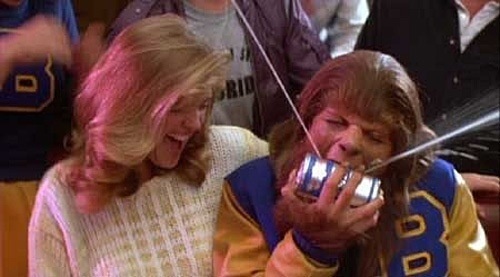
Rapid eye movement sleep behavior disorder RBD is a parasomnia that causes abnormal behavior during the rapid eye movement sleep phase (REM). Wikipedia defined a parasomnia that is categorized as a sleep disorder involving abnormal and unnatural movements, behaviors, emotions, perceptions and dreams that occur while falling asleep easy, sleeping, between sleep stages (NREM or REM), or during arousal from sleep.
RBD trait is the loss of muscle atonia during REM the sleep stage when a person dreams. Atonia is described as the lack of normal tone or strength of the muscles. This loss of motor function can lead to anywhere from limbs twitching to violent movements in which the person seems to be acting out their dream. Dream enacting can include talking, yelling, punching, kicking, sitting, getting out of bed, arm flailing and grabbing. the cause of RBD is unknown, although the disorder may be associated with degenerative neurological conditions such as; Parkinson disease, multisystem atrophy, diffuse Lewy body dementia and Shy-Drager syndrome. 45% of the cases of RBD symptoms are triggered from alcohol/drug withdrawals or adverse reactions to side effects.
Lewy body dementia, the second most common type of progressive dementia after Alzheimer’s disease, causes a progressive decline in mental abilities. a person with Lewy body dementia may show signs of significant fluctuations in alertness and attention, which may include daytime drowsiness or periods of staring into space. and, like Parkinson’s disease, Lewy body dementia can result in rigid muscles, slowed movement and tremors. Multi-Symptom Atrophy or Shy-Drager syndrome is a rare condition that causes symptoms similar to Parkinson’s disease. however, these patients have more widespread damage to the part of the nervous system that controls important functions such as heart rate, blood pressure sweating and when autonomic failure predominates.
RBD can be treated with various medications with depend on the symptoms involved. Clonazepam has a 90% success rate that works to suppress muscle activity. Melatonin supplements have be known be recommended by doctors as a natural alternative. for those suffering from Parkinsons and RBD the drug Levodopa has been prescribed. Also Pramipexole is another popular drug for treatment.
Often RBD episodes include falling or getting out of bed, so it is very important to protect them from injury and providing a safe sleep environment. Remove all potentially dangerous object from their bedroom, put bed rails up or place a mattress or cushion on the floor next to the bed, if possible, have the person sleep on the ground floor and place locks on all doors and sleep partner should sleep elsewhere until symptoms are under control.
In conclusion, your doctor may recommend an overnight sleep study as other sleep disorders can pose as RBD symptoms. these symptoms called pseudo-RBD which caused by obstructive sleep apena OSA, as a person with OSA can act out their dreams. thus a monitored sleep study will determine if it is actually RBD or the pseudo-RBD OSA. the test will also eliminate the chance the patient is having nocturnal seizures. Note: not everyone with RBD gets Parkinson’s disease or another degenerative neurological condition and RBD is treatable, so if you or someone you know is suffering from RBD, see a physician or a sleep specialist for proper diagnosis and treatment.
The content provided in Rapid Eye Movement Sleep Behavior Disorder RBD is for information purposes only, intended to raise the awareness of different solutions for you or your families sleep problems and should not be considered medical advice. for medical diagnosis and treatment, please see your qualified health-care professional.
PS. my granddaughter, Caitlyn (6 years), often yells and thrashes her arms and legs during the night. RBD is known to happen at any age but mostly affects men over the age of 50. Children on the other hand can have similar symptoms of RBD like confusional arousals, sleepwalking, night terrors and even growing pains. Confusional arousals cause the affected person to cry out or thrash around in bed. Sometimes this condition is referred to as sleep drunkenness because the affected person reacts very slowly to stimulation or has a hard time understanding what is happening around them. Attempts to calm the person can go unnoticed because it is very hard to wake a person in one of these states. these events can last up to half an hour. after the arousal is over, the affected person wakes very briefly, calms and returns to sleep. Most people who have one of these events have no memory of it the next day. although Caitlyn never remembers her nighttime episode she contributes her symptoms to growing pains. Growing pains typically occur between the ages of 3-12 and affect boys more than girls. these muscle aches that children experience in their legs commonly occur during growth spurts and cease when they are in their late teens. the pain usually happens late in the day and during the night.
- Narcolepsy is a Daytime Sleep Disorder
- Seizure Disorder and Lack of Sleep
- Anorexia Nervosa causes Nocturnal Sleep-Related Eating Disorder and Sleep Deprivation
- Medications that Affect Sleep
- Rheumatoid Arthritis Sleep Tips and Foods that Trigger RA Symptoms